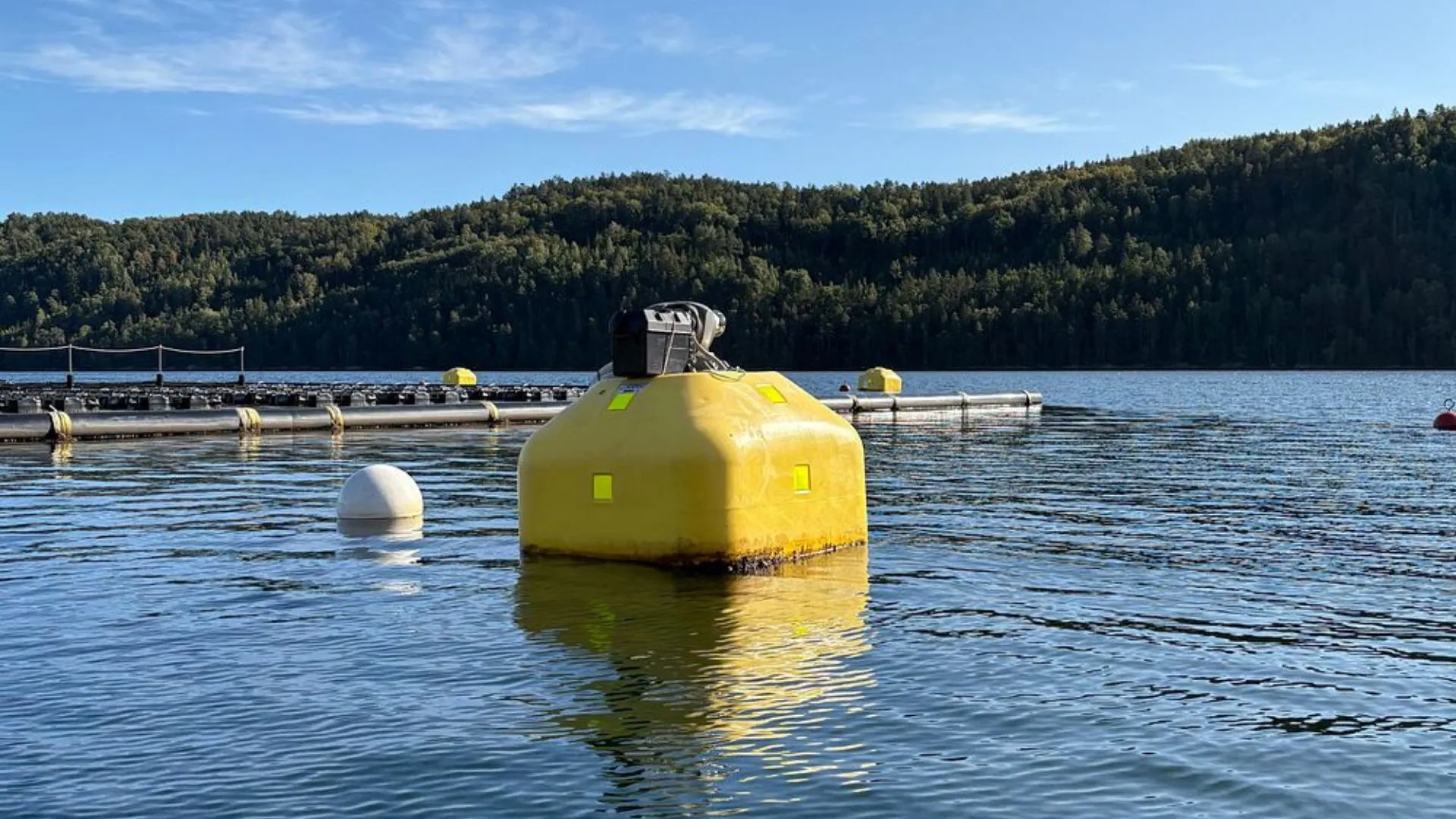
Pairing floating solar with hydropower could unlock hundreds of gigawatts of clean energy potential worldwide. But one persistent challenge has slowed progress – maintaining stability when reservoir water levels fluctuate.
Traditional mooring systems often become either too tight or too loose as water depths shift, causing strain on anchors and reducing the efficiency and lifespan of floating solar platforms.
Fred. Olsen 1848 has introduced a new adaptive mooring system, called the Tension Buoy, to address this issue.
The technology automatically adjusts mooring line length in response to water-level changes, maintaining consistent tension and improving the reliability of floating solar installations on dams and reservoirs.
Smart design for changing conditions
The Tension Buoy is built around a compact winch mechanism positioned at the top of the buoy. This system dynamically adjusts the length of the mooring chain to ensure constant tension as water levels rise or fall.
The chain is routed through the center of the buoy, passes over a gypsy wheel, and descends again, while excess chain hangs freely to accommodate movement.
The design prioritizes mechanical simplicity and long-term reliability. It eliminates the need for manual intervention and reduces maintenance demands while keeping floating solar structures securely anchored. The system can be used temporarily for precision tensioning during installation or permanently for automatic adjustment throughout operation.
Unlocking potential on hydro reservoirs
Hydropower dams are highly suitable for floating solar projects but present engineering difficulties due to significant variations in water height.
Conventional mooring setups can easily become overextended or slack as levels shift, forcing operators to perform manual readjustments or face operational risks.
The adaptive mechanism of the Tension Buoy allows floating solar arrays to remain stable and secure through these fluctuations.
By automatically balancing the tension of each mooring line, the system minimizes downtime, reduces strain on components, and enhances long-term performance.
This capability makes it possible to install floating solar systems in reservoirs that were previously considered unsuitable due to dynamic water conditions.
Beyond stability, the solution opens opportunities to combine solar and hydropower generation on a single site.
Floating solar can generate electricity during daylight hours, while existing hydropower infrastructure provides steady output when sunlight is limited.
Together, these systems can deliver more consistent and efficient renewable energy production.
Fred. Olsen 1848’s Tension Buoy represents a practical advancement in floating solar deployment, addressing one of the sector’s most pressing technical challenges.
By adapting automatically to water-level variations, it allows solar-hydro hybrid projects to operate with greater resilience and reliability.
This innovation could accelerate global adoption of floating solar on hydropower reservoirs, turning previously underutilized water surfaces into productive clean-energy assets.
In doing so, it helps connect existing hydropower resources with solar generation, paving the way for more flexible and sustainable hybrid energy systems worldwide.